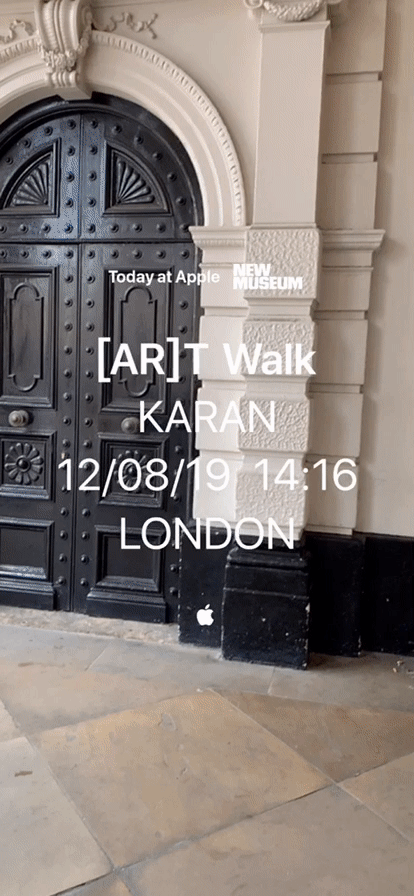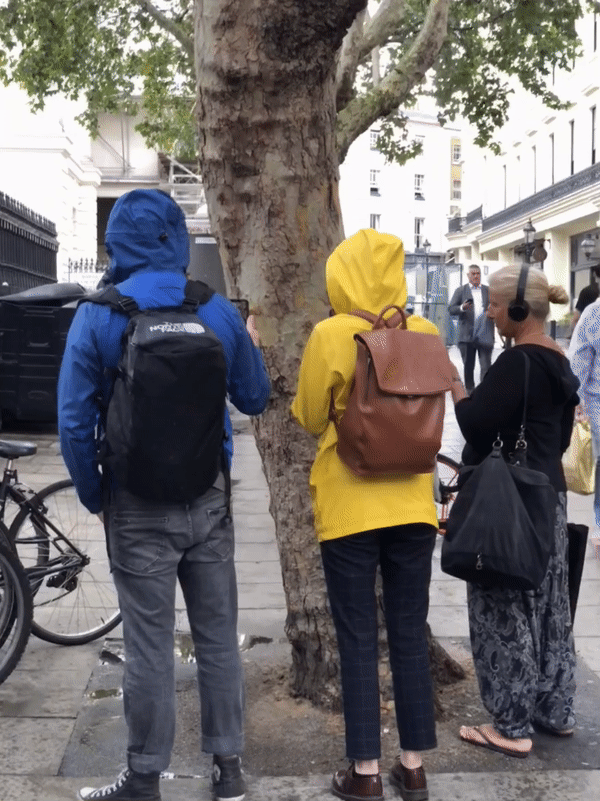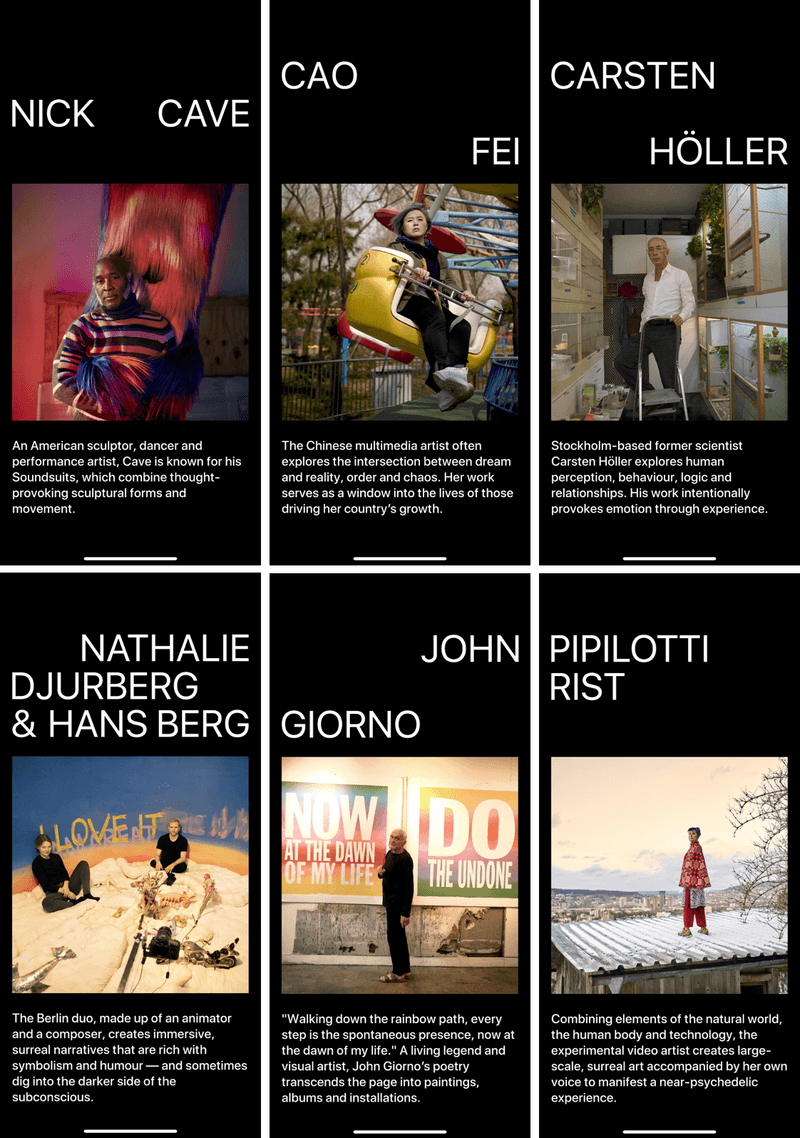Alternative Realities with Augmented Reality
August 14, 2019
Using our world as an infinite canvas
Earlier this week, I had the chance to experience an event called [AR]T Walk, hosted by Today at Apple in partnership with New Museum. This was a 1.5 mile guided walk where we interacted with works from seven artists; all in augmented reality (AR).
While this tour is available across multiple cities around the globe, I attended the one hosted by Apple in Covent Garden, London. We were each given an iPhone and a pair of wireless Beats headphones. The experience started right outside the store with some instructions on how to best experience each work.

We explored six art experiences, and I found it a very engaging and thought-provoking form of art. One that got me thinking was Cao Fei’s exploration of how technology is impacting Chinese labour.
As a frequenter of museums, I often find myself gravitating to installations that tell a story or have an interactive element. We live in an era of information overload and a lot of digital and physical “noise”. Complete immersion into an experience has become a rare occurrence. Yet, cocooned by the Beats over my ears and the phone as my lens, I felt immersion in the middle of London’s busiest streets. Why?
I think there is something surreal about experiencing our known world through a lens which reveals much more to us. After all, movies like Narnia and Harry Potter capture our attention for that precise reason. It is the magical feeling of having access to an exclusive experience amid a seemingly ordinary environment. Nothing portrays this point better than the “installation” of Nathalie Djurberg and Hans Berg, who created a fairytale inside a tree trunk.
“You’re not limited by physical reality. It’s an infinite canvas in all directions.” — Sarah Rothberg
It was quite fascinating to experience what I call, our “private reality”. As people passing by tried to decipher what it was that we all were looking at through our phones, it made me realise how powerful augmented reality can be as a technology. It can enable each of us to experience a tailored reality. This is going to take off in a huge way once we move past our phone screens as the primary medium to interact with the information around us.
While head-mounted displays and smart-glasses are promising, I believe that the change is going to start with audio. We are already getting used to having our wireless earphones in our ears for extended periods, primarily due to the success of Apple’s AirPods.
This omnipresence of a tiny computer in our ears, coupled with the contextual cues (location, speed, etc.) provided by our phones, is going to trigger a wave of exciting possibilities. Bose is already experimenting with their “audio-first approach to AR” through some of their new products.
Albeit, the initial success of augmented reality in consumer applications is limited, expect this to change once the creation and distribution problem is solved. Creating complex 3D interactive experiences is time-consuming at present and requires specialised technical expertise. Moreover, there is no unified platform to find these experiences. As the AR ecosystem matures and some of these friction points are ironed out, I expect there to be an explosion in our physical reality morphing into a private experience.

This, however, does not come without its perils. With all the concerns today regarding fake news, skewed perspectives and dangerous radicalisation through online communities, we will have to be careful to control the rollout of such technology. After all, we do not want people to be opting in to an alternative reality, which then acts as an echo-chamber for their darkest thoughts.
As with any promising technology, augmented reality brings with it a lot of potential for good and bad. Hopefully, our lessons with the internet explosion have taught us a thing or two in how we can ensure a healthy distribution of powerful technology.
Until next time.
Karan
